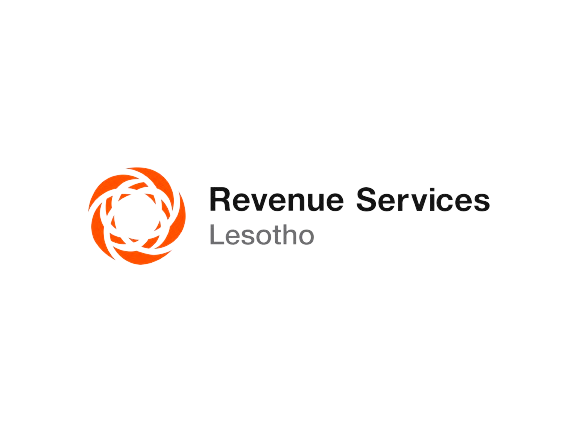Fringe Benefits Tax
What are Fringe Benefits?
Fringe Benefits are non - cash benefits provided by an employer to an employee.
What are the different types of fringe benefits?
The different types of fringe benefits are:
1. Car fringe benefit: use or availability for use, wholly or partly, of a motor vehicle for private purposes;
2. Housing fringe benefit: provision of housing or accommodation for a domestic dwelling;
3. Utilities fringe benefit: provision of utilities such as airtime, fuel, electricity, etc. for domestic or personal consumption
4. Medical fringe benefit: provision of medical benefit, including discharge of employee’s medical expenses, payment of medical premiums to medical aid, etc.
5. Food and refreshment fringe benefit: provision of food and beverages.
6. Debt waiver fringe benefit: waiver or discharge of employees’ debt to employer or third parties.
7. Loan fringe benefit: provision of interest free or low interest loans. Benefit arise where the interest rate is less than two thirds (2/3) of Central Bank of Lesotho (CBL) lending rate;
8. Domestic assistance fringe benefit: provision of domestic worker; being housekeeper, driver, gardener, excluding security guard.
9. Excessive superannuation contributions fringe benefit: applicable only to tax-exempt employers. Provision of superannuation funds (pension/provident/etc.) contribution in excess of 20% of employees’ employment income. Fringe benefit is the excess.
Are fringe benefits taxable?
Fringe benefits are taxable except those that are specifically exempted from tax under the Income Tax Act.
What is Fringe Benefits Tax (FBT)?
Fringe benefit tax (FBT) is the tax imposed on the taxable fringe benefits offered by the employer to the employees. Since the fringe benefits are implied additional earnings to the employees, FBT is more like taxing employment based remuneration just like PAYE does. FBT concentrates on in-kind remuneration while PAYE on cash remuneration.
What is the tax rate applied to fringe benefits taxable amount?
The applicable tax rate is 40%
Who has to file and pay fringe benefits tax return?
The return for FBT has to be filed and paid by the person (employer) who is offering the fringe benefits. It is noteworthy that the tax (FBT) is borne by, and the FBT return is filed by the employer who is giving out the benefits, not the employees who are enjoying the benefits.
When is the fringe benefits tax due?
FBT and the returns are due quarterly:
- 1st quarter ending 30 June
- 2nd quarter 30 September
- 3rd quarter 31 December
- 4th quarter 31 March.
FBT returns should be filed and payments should be made on or before the 14th after end of a quarter.
Find the guide on the attachments below
| Attachment | Size |
|---|---|
| INCOME TAX REGULATIONS NO.17 OF 2020_1.pdf (24.37 KB) | 24.37 KB |
| Income Tax Act 1993 Updated up to 1 April 2012_1.pdf (663.4 KB) | 663.4 KB |
| Income_Tax_Order_1993_ Explanatory_ Memo_1.pdf (697.63 KB) | 697.63 KB |
| Taxation of Foreign Nationals_1.pdf (809.81 KB) | 809.81 KB |
| Guidelines on Technical Services.pdf (523.84 KB) | 523.84 KB |
| Fringe Benefit Tax -Public Ruling (1).pdf (550.53 KB) | 550.53 KB |
